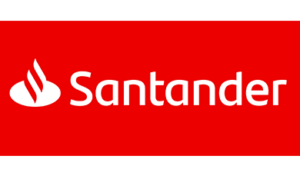Used car management
The simplest way to get more profits: Optimize the sale and management of your used vehicles.

Used car management
 Brand dealer independence and high customer frequency – it is not for nothing that GW trading is considered the supreme discipline of the automotive business. A key factor for efficient used car management is the length of time a vehicle is parked. If a used car still hasn't sold after 90 days, it's time to double-check the price and quality. Depending on the make and model, a day of idleness costs around 0.1 percent of the vehicle's value. These costs should ultimately be added to the sales price.
Brand dealer independence and high customer frequency – it is not for nothing that GW trading is considered the supreme discipline of the automotive business. A key factor for efficient used car management is the length of time a vehicle is parked. If a used car still hasn't sold after 90 days, it's time to double-check the price and quality. Depending on the make and model, a day of idleness costs around 0.1 percent of the vehicle's value. These costs should ultimately be added to the sales price.
You also need as wide a range of vehicles as possible. In addition to purchasing on the open market, taking back used cars when buying new cars is an important factor. The trade-in rate for used cars in Austria is traditionally low at 5 to 10%. As a rule of thumb, around a third of the cars sold should later be returned to your own property. As a retailer, it is important to clearly signal your willingness to buy and to make the customer a complete offer.
If you have a decent number of regular customers, you have already gained a lot. Loan and leasing sales not only increase profits, but also bind customers even more closely to the car dealership. Financing is also important for used cars and makes the vehicles more affordable for customers. Given the current delivery and production bottlenecks in the automotive industry, leasing increases the likelihood of getting a car back into your own inventory through the ongoing commitment. A financing rate of over 50% helps enormously.
Conclusion: With the right know-how, good used car management does not have to be complex or expensive.
Santander offers its partners practical training on the subject of used car management with the “Santander Master Class”.

More information at autonline.at/meisterklasse.

 Suche
Suche
 Mein Konto
Mein Konto